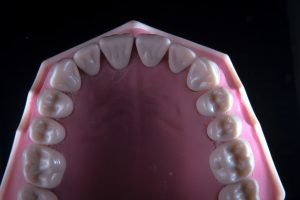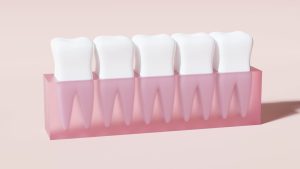Root Canal Treatment. Your Dentist Hawthorn offers a wide range of dental solutions that will meet all your needs. Our goal is to maintain your healthy smile and preserve your natural teeth as much as possible. One option to save your tooth is a root canal. This treatment is simple and painless thanks to the modern equipment and procedures we use.
The pulp or nerve that is infected, or has become inflamed, can be treated with a root canal. If you need a dental root canal, you may experience a toothache. You may need a tooth removal if you ignore the pain. We recommend that you visit our clinic as soon as possible if you are experiencing a toothache.
In the following cases, a root canal may be required:
- The tooth is cracked or fractured
- Lesions or abscesses
- Tooth discolouration
- Extreme tooth sensitivity
- Toothache
- Gums that are swollen and tender
What to Expect
First, you must determine if a root canal would be appropriate for your situation. You will be scheduled for an evaluation to look at your teeth and discuss all treatment options with you. If a root-canal is recommended, we will schedule two or three appointments.
We will take x-rays at the first visit to determine how best we can proceed. We will then administer a local numbing agent to ensure that you are completely numbed. Then we will open the tooth in order to remove any dead tissue, and any fluids and gases. Then, we’ll clean and shape the root canals and pulp chamber of the tooth to remove bacteria. The open space will be filled with bio-compatible material and the cement will seal off the area.
We are proud to have the most up-to-date technology and highest standards of sterility at Your Dentist Hawthorn. Our rotary systems are designed to minimise the risk of complications, and remove as much dead tissue and bacteria as possible. Softcore obturation technology and back-filling are also available at our clinic. This allows us to seal teeth with greater accuracy than traditional methods.
We will then re-book your appointment to have a crown placed or to use another restoration that is appropriate to restore the strength of the tooth and to ensure a long-lasting root canal.
When you mention “root canal”, you’ll find that people cringe thinking the procedure is painful. Truthfully, this procedure is performed under a local anaesthetic and is no different to getting a regular restoration at the dentist. The procedure it self is very common and many dentists prescribe this treatment method.
How to Identify a Damage in a Tooth
Early detection of pulp damage is key to a successful treatment. Tooth pulp damage can be caused by many different factors. These include everything from a root-level decay to a crack in the tooth, bruxism and periodontitis to crown failure and bacterial infection.
Pain is the most obvious sign that a tooth’s pulp is inflamed or has been damaged. It can present as sharp, or a throbbing pain that continues for a while. It is caused by a build up of pressure in the pulp cavity due to inflammation. This inflammation can also make the tooth more sensitive to hot and cold drinks, which will exacerbate the pain.
Other symptoms may include swelling of the gums or face, discoloration of teeth, or pus in or around affected areas. Occasionally an unpleasant taste can be noted or even an off putting bad breath. Whilst there can also be no visible signs, while other times the pain can come and go. Some people ignore the intermittent symptoms, but this can lead to a tooth that cannot be treated or saved. It is possible that the affected tooth can affect nearby teeth, creating a domino effect. It is important to have your dental health checked regularly to determine if you are unaware of any issues.
A root canal not only saves the original tooth but also preserves other areas of the mouth and jaws, such as your bite and the teeth either side. Once a root canal procedure is complete, it is unlikely the tooth will require any further maintenance than your regular six monthly check up. You will not need to alter your oral hygiene or eating habits, you simply care for the tooth as you would your other teeth with regular brushing and flossing.


